Hardcore computer users would want to keep track of what is happening with the hardware inside of their devices. Windows makes this possible by default, but things are not as advanced as some of us would like. Now, there are several third-party software available today that make it all possible, but we’re more inclined to talk about a tool known as CPU-Z. This program is freeware that gathers information on some of the main devices of your system. From what we’ve come to understand, CPU-Z can give information on the processor, process, cache levels, mainboard, chipset, and much more.
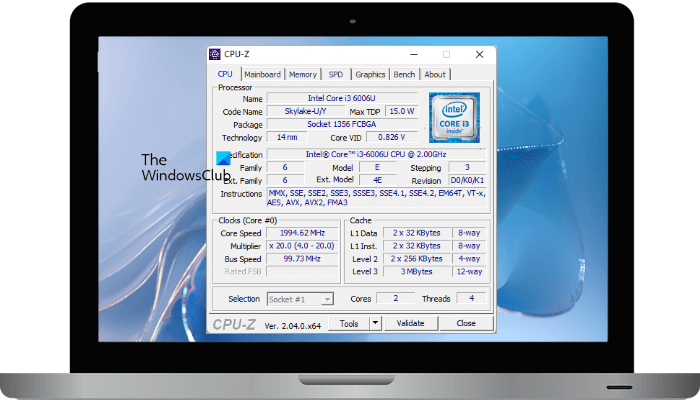
How to use CPU-Z Hardware information, monitoring & analysis tool for Windows PC
Let us take a look at its individual modules.
1] CPU
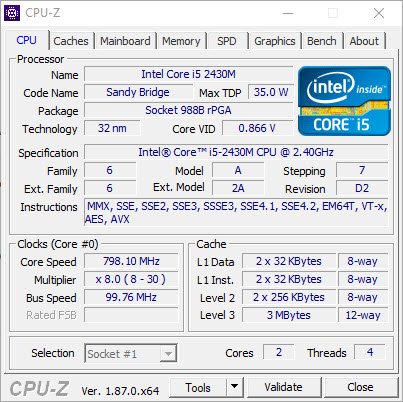
If you want to learn about your CPU and to understand what is happening in the current moment, then you’ll need to click on the CPU tab after launching the program. In fact, it’s there by default, so in truth, you don’t have to click on it.
This section will reveal the name of the processor along with its max speed. Additionally, the tool also shows the number of core and threads, which is important information for any advanced Windows 10 user.
2] Caches
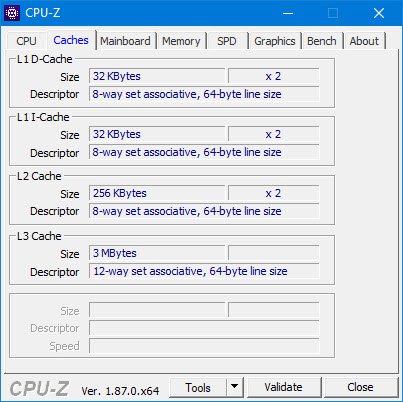
When it comes down to the Caches section, this is where the user will get to see information on the L1, L2, and L3 caches. There’s not much to see here outside of words and numbers, and only folks with knowledge will understand what they mean.
3] Mainboard
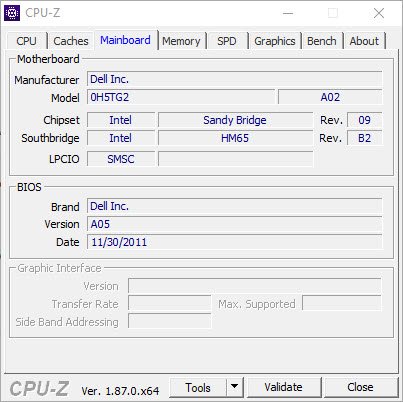
This section gives the user information on the motherboard. If you want to know of the name, the model, and the chipset it supports, then this section is your best bet. Additionally, folks can locate data on the BIOS, and the time the BIOS was created or last updated.
It’s not as deep as we’d like, but for what it offers, we can definitely live with that.
4] Memory
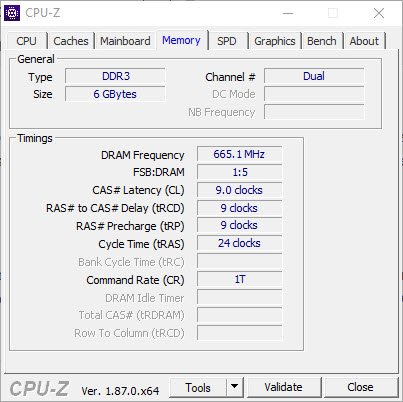
OK, so the memory tab will show data on the type of RAM that is inside of your computer. It also shows the speed and size of the RAM, and that’s great.
5] Graphics
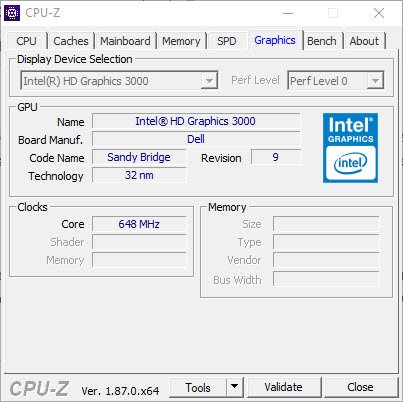
Here we have everything you need to know about the graphics card inside of your awesome Windows 10 computer. Well, it doesn’t show a lot, but when it comes down to the basics, you’ll be just fine in this respect.
If you’re interested in knowing the name, the technology, and the speed, then have a look at the graphics tab for all of that information.
6] Bench
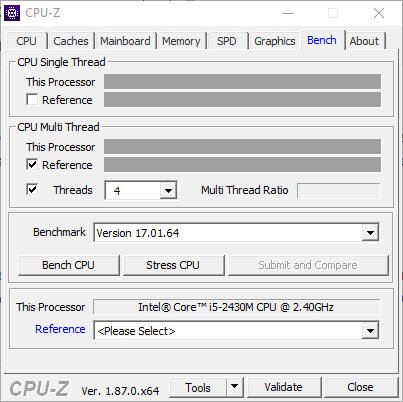
Finally, we’re going to look at the Bench tab, the place you’ll go to benchmark and stress test your CPU. Now, to get the data you need, please tick all the boxes, and from below, select the button that says Bench CPU.
Follow the same steps to stress the CPU, but instead, click on the Stress CPU button.
After spending quality time will CPU-Z, we’ve come away with the conclusion that all the information it brings to the table is good enough for most computer users. You can download CPU-Z from the official website.
What is the Windows System Hardware Information tool?
Windows has a built-in tool to view hardware information. You can launch this tool via the Run command box or Windows Search. Open the Run command box, type msinfo32.exe, and click OK. Alternatively, click on Windows Search and type System Information. The System Information tool shows you your system’s summary and information about your system’s hardware resources, components, and software environment. You can expand a particular branch to view more information. If you expand the Components branch, you can view information about the display, sound device, input devices, etc. It also has a search feature. You can use it to search for a particular component’s information.
How do I find my RAM hardware details?
You can find RAM hardware details on Windows in different ways. Open the Task Manager and go to the Performance tab. Now, select Memory and you will see the details of your RAM like speed, number of used slots, form factor, etc. WMIC is a built-in command line tool in Windows computers that will give you RAM serial number and other related information. In addition to this, you can use free Hardware Information tools or software.
These tools can also provide the provides hardware configuration information about your computer easily:
Sandra Lite | MiTeC System Information X | BGInfo | HiBit System Information.
Leave a Reply